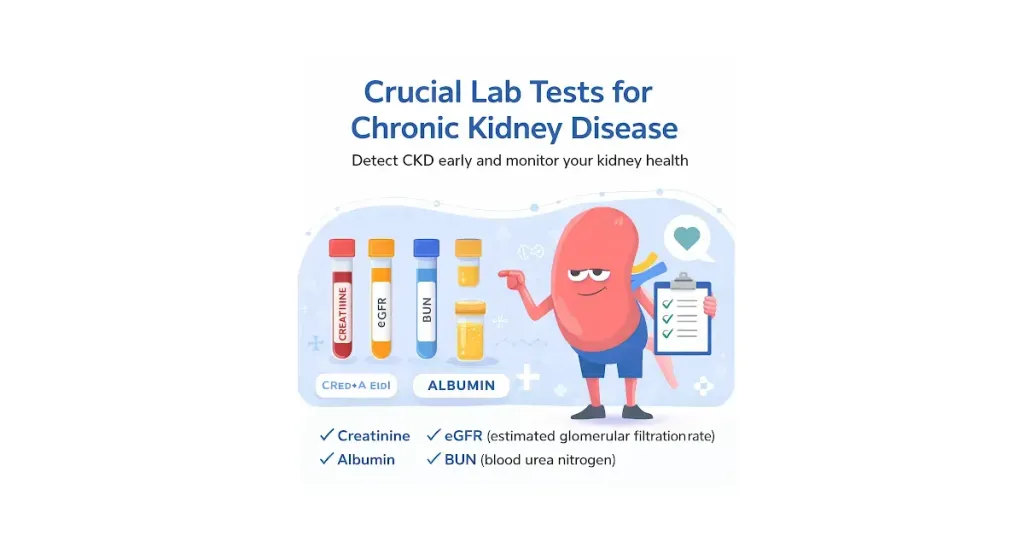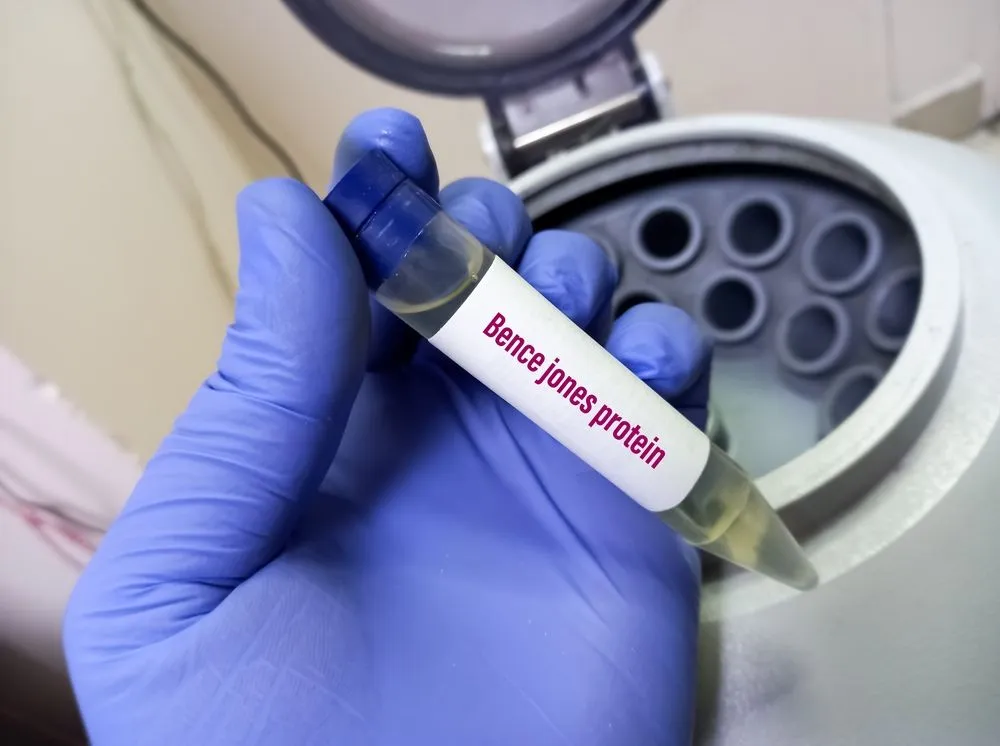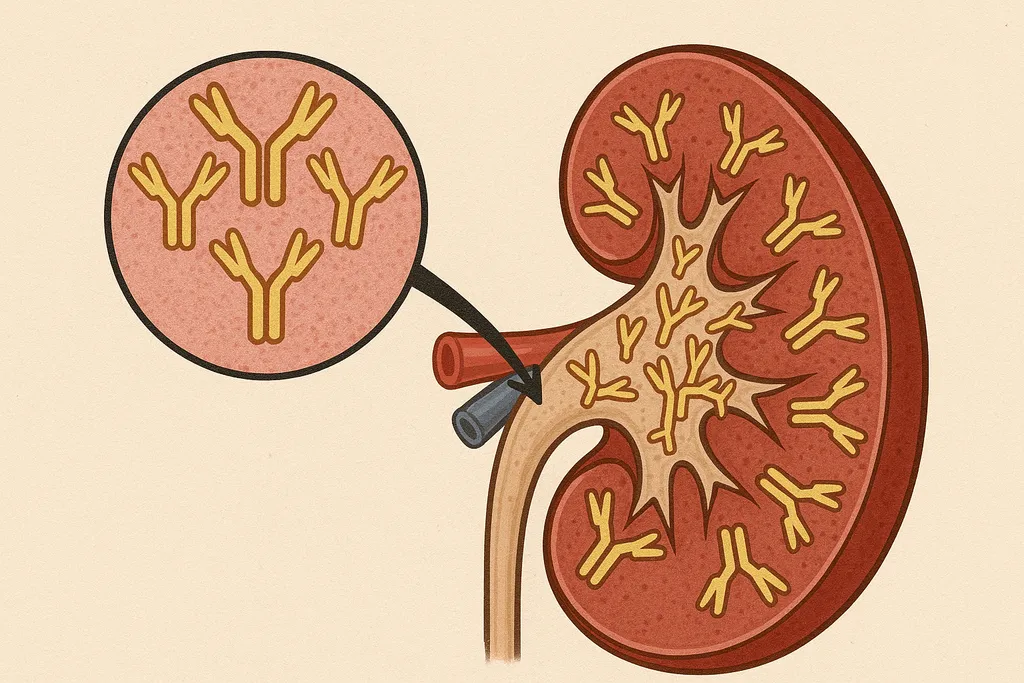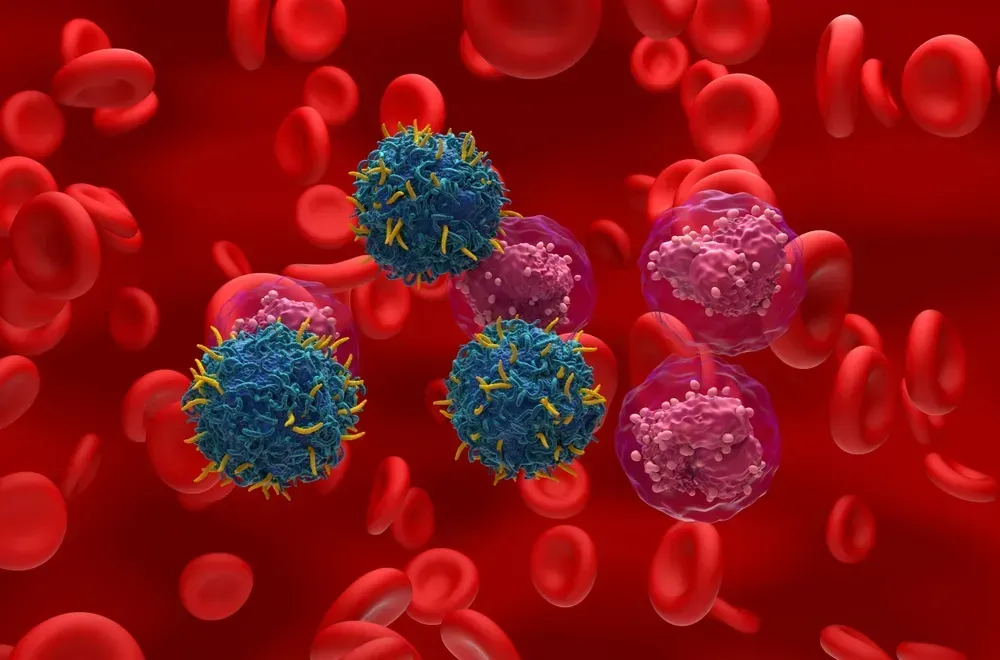How Your T Cells Become Exhausted in Fighting Cancer
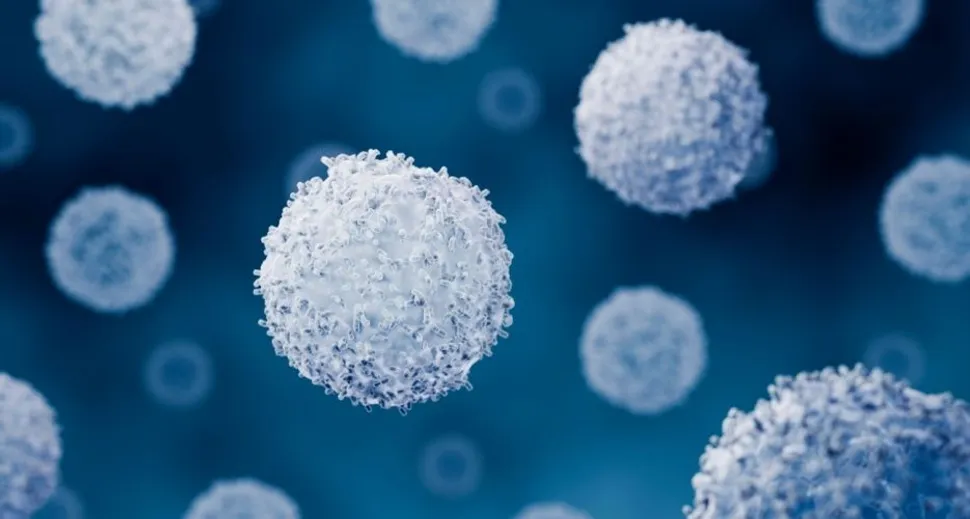
Understanding T-Cell Exhaustion: A Barrier in Cancer Treatment
Your T cells are part of the body's extensive immune system, designed to find and attack a host of diseases, including viruses, bacterial infections, and cancer. But what happens when your T cells become too tired to fight? And why does that happen?
With a growing body of active research in immunotherapy and a large number of patients who don't respond to these treatments, these are critical questions to answer.
The Science Behind T-Cell Exhaustion
Researchers at Memorial Sloan Kettering Cancer Center have discovered that changes in the metabolism of T cells make them unable to attack cancer cells, even if they detect them as a threat. This phenomenon is known as T-cell exhaustion.
T cell exhaustion is like a firefighter who begins his job full of energy to effectively combat fires. But as new fires break out and existing fires continue to rage without a break, the firefighter becomes tired and can't fight the fires with the same energy or efficiency. Similarly, T cells are constantly seeking cancer cells that have specific markers on their surface. When T cells see the same signal for an extended period, they become exhausted. This is a normal process because if the immune system is overactivated for too long, it can damage normal cells.
Checkpoint Inhibitors: A Partial Solution?
Some cancer immunotherapies, like checkpoint inhibitors, work by taking the brakes off the T cells and getting them moving again. However, in most people, the immune cells can stay asleep, leading to relapse.
Metabolism: The Key to T-Cell Reactivation
Santosha Vardhana, MD of the Memorial Sloan Kettering Institute, explains that T cells turn on the brakes to tamp down their own activity. In a study published in Nature Immunology, Dr. Vardhana and team found that T-cell exhaustion starts with the cells' metabolism or the process that allows cells to produce energy from nutrients.
Breaking Down the Exhaustion Process
Dr. Vardhana and his team built a system to break the T-cell exhaustion process into steps to better understand where the failure was occurring. In a petri dish in the lab, they exposed T cells to foreign signals and saw that continual exposure overtaxed the T cells' mitochondria, leading to oxidative stress. The mitochondria, known as the "powerhouse" of the cell, are responsible for converting nutrients into energy.
The Role of Antioxidants in Reviving T Cells
Under pressure, these mitochondria inside the T cells start leaking free radicals, which damage the mitochondria and block the T cells' ability to replicate. This creates a vicious cycle where damaged mitochondria leak even more free radicals, further damaging the mitochondria.
To block the damage, they gave the T cells antioxidants, which soak up the free radicals. This approach seemed to work, putting the T cells back into motion and moving them back in time to a pre-exhausted state.
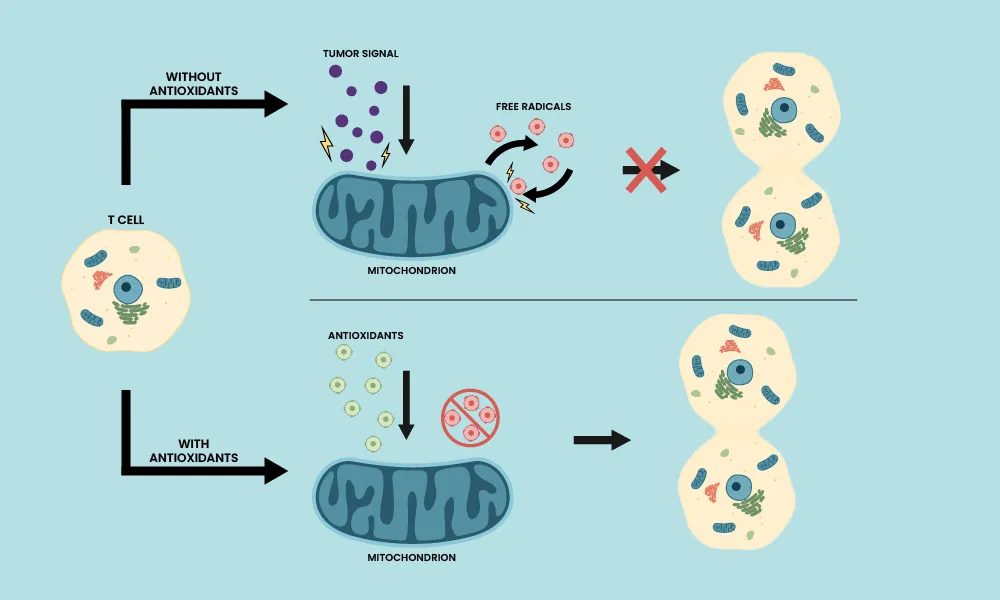
What Does This Mean for Patients?
Understanding and addressing T cell exhaustion has significant implications for patients with multiple myeloma. By reactivating T cells, patients may experience improved responses to cancer therapies, potentially leading to longer periods of remission and better overall outcomes.
The insights gained from Dr. Vardhana's research suggest that incorporating antioxidant therapy could become a part of personalized treatment plans. By targeting the metabolic pathways that lead to T cell exhaustion, doctors may be able to tailor therapies that are more effective for individual patients, especially those who have not responded well to traditional immunotherapies.
Antioxidants can be found in a variety of fresh fruits and vegetables, nuts, seeds, whole grains, and some supplements. There are also antioxidant medications being used in clinical trials. Dr. Vardhana is performing additional research on oxidative stress, T-cell exhaustion, and antioxidant therapy.
We look forward to learning more about his findings and how to practically apply them in our myeloma journey!
Continue learning the ins and outs of multiple myeloma and how your body works with HealthTree University for Multiple Myeloma:
Sources:
Understanding T-Cell Exhaustion: A Barrier in Cancer Treatment
Your T cells are part of the body's extensive immune system, designed to find and attack a host of diseases, including viruses, bacterial infections, and cancer. But what happens when your T cells become too tired to fight? And why does that happen?
With a growing body of active research in immunotherapy and a large number of patients who don't respond to these treatments, these are critical questions to answer.
The Science Behind T-Cell Exhaustion
Researchers at Memorial Sloan Kettering Cancer Center have discovered that changes in the metabolism of T cells make them unable to attack cancer cells, even if they detect them as a threat. This phenomenon is known as T-cell exhaustion.
T cell exhaustion is like a firefighter who begins his job full of energy to effectively combat fires. But as new fires break out and existing fires continue to rage without a break, the firefighter becomes tired and can't fight the fires with the same energy or efficiency. Similarly, T cells are constantly seeking cancer cells that have specific markers on their surface. When T cells see the same signal for an extended period, they become exhausted. This is a normal process because if the immune system is overactivated for too long, it can damage normal cells.
Checkpoint Inhibitors: A Partial Solution?
Some cancer immunotherapies, like checkpoint inhibitors, work by taking the brakes off the T cells and getting them moving again. However, in most people, the immune cells can stay asleep, leading to relapse.
Metabolism: The Key to T-Cell Reactivation
Santosha Vardhana, MD of the Memorial Sloan Kettering Institute, explains that T cells turn on the brakes to tamp down their own activity. In a study published in Nature Immunology, Dr. Vardhana and team found that T-cell exhaustion starts with the cells' metabolism or the process that allows cells to produce energy from nutrients.
Breaking Down the Exhaustion Process
Dr. Vardhana and his team built a system to break the T-cell exhaustion process into steps to better understand where the failure was occurring. In a petri dish in the lab, they exposed T cells to foreign signals and saw that continual exposure overtaxed the T cells' mitochondria, leading to oxidative stress. The mitochondria, known as the "powerhouse" of the cell, are responsible for converting nutrients into energy.
The Role of Antioxidants in Reviving T Cells
Under pressure, these mitochondria inside the T cells start leaking free radicals, which damage the mitochondria and block the T cells' ability to replicate. This creates a vicious cycle where damaged mitochondria leak even more free radicals, further damaging the mitochondria.
To block the damage, they gave the T cells antioxidants, which soak up the free radicals. This approach seemed to work, putting the T cells back into motion and moving them back in time to a pre-exhausted state.

What Does This Mean for Patients?
Understanding and addressing T cell exhaustion has significant implications for patients with multiple myeloma. By reactivating T cells, patients may experience improved responses to cancer therapies, potentially leading to longer periods of remission and better overall outcomes.
The insights gained from Dr. Vardhana's research suggest that incorporating antioxidant therapy could become a part of personalized treatment plans. By targeting the metabolic pathways that lead to T cell exhaustion, doctors may be able to tailor therapies that are more effective for individual patients, especially those who have not responded well to traditional immunotherapies.
Antioxidants can be found in a variety of fresh fruits and vegetables, nuts, seeds, whole grains, and some supplements. There are also antioxidant medications being used in clinical trials. Dr. Vardhana is performing additional research on oxidative stress, T-cell exhaustion, and antioxidant therapy.
We look forward to learning more about his findings and how to practically apply them in our myeloma journey!
Continue learning the ins and outs of multiple myeloma and how your body works with HealthTree University for Multiple Myeloma:
Sources:
about the author
Jennifer Ahlstrom
Myeloma survivor, patient advocate, wife, mom of 6. Believer that patients can contribute to cures by joining HealthTree Cure Hub and joining clinical research. Founder and CEO of HealthTree Foundation.
More on Core Education
Trending Articles
Upcoming Events




Get the Latest Multiple Myeloma Updates, Delivered to You.
By subscribing to the HealthTree newsletter, you'll receive the latest research, treatment updates, and expert insights to help you navigate your health.
Together we care.
Together we cure.
3x Faster.

